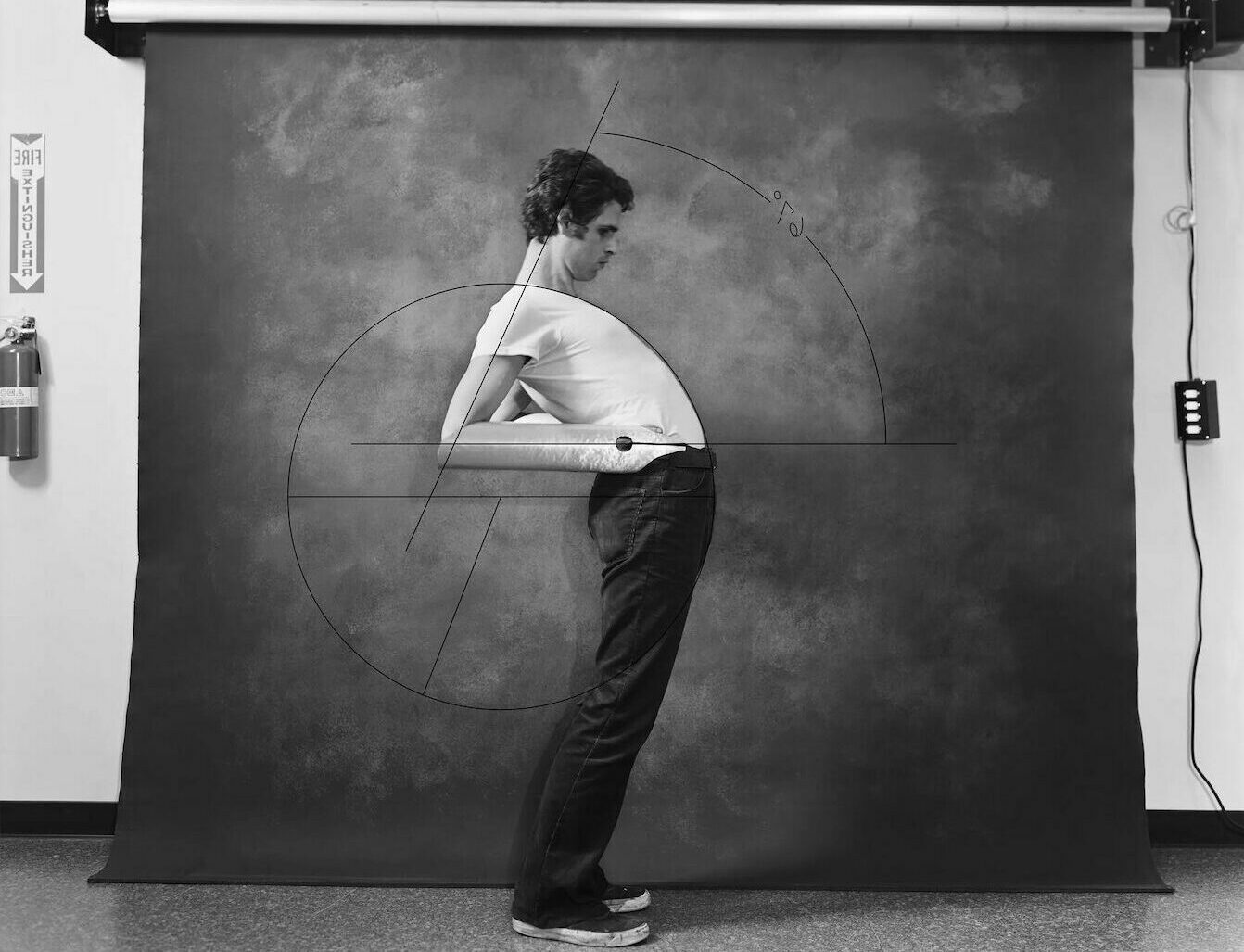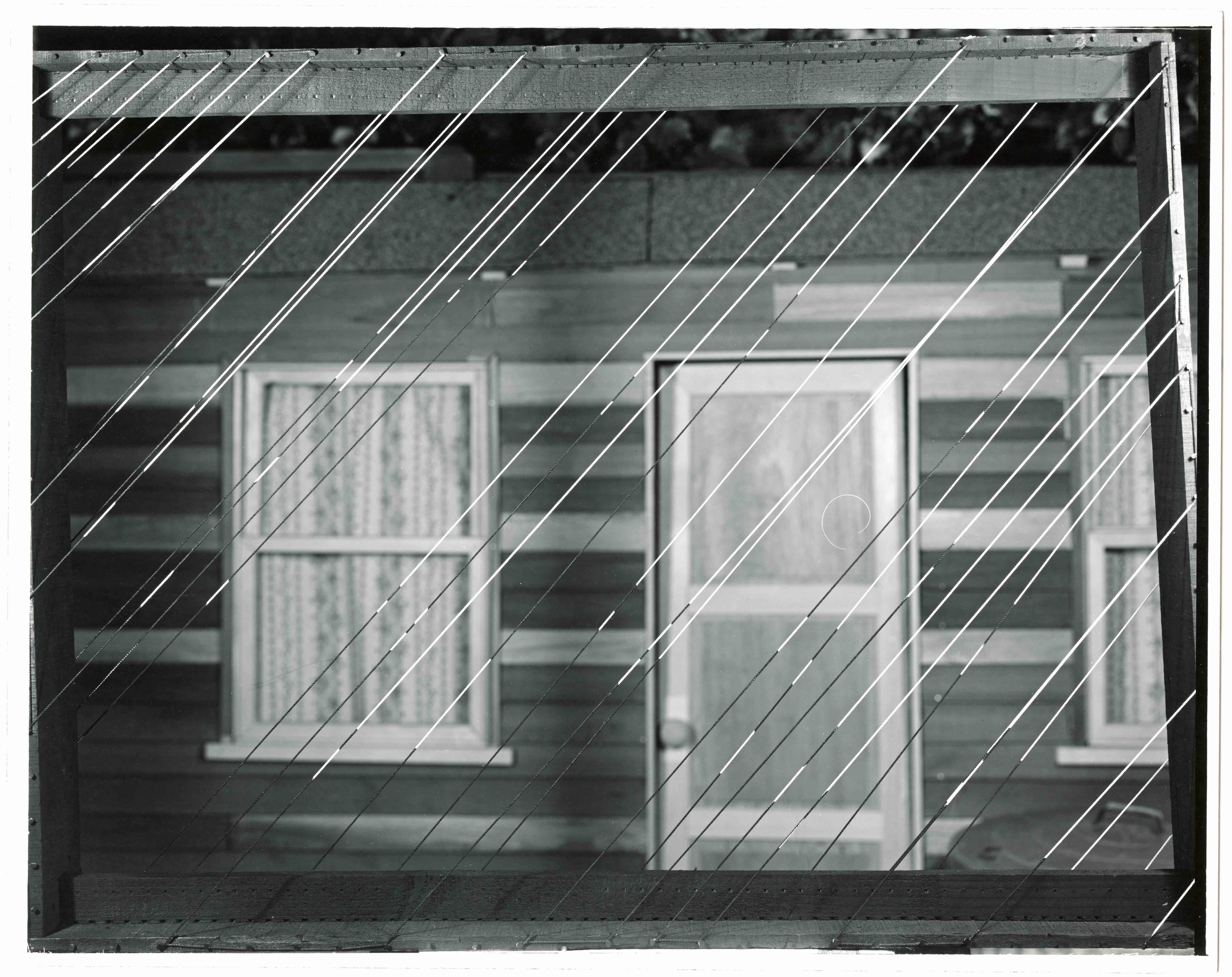Robert Cumming
Born in Worcester, Massachusetts, in 1943, Robert Cumming was a distinctive force in American conceptual art, known for his rigorously constructed photographs that blurred the line between documentation and fiction. Trained in painting and printmaking at the Massachusetts College of Art and the University of Illinois, Cumming first gained attention in the late 1960s with mail art and sculpture, before turning to photography as a means of exploring perception, logic, and the apparatus of image-making.
Settling in California in 1970, Cumming became a key presence in the West Coast conceptual scene alongside peers such as Ed Ruscha and Robert Heinecken, under the influence of Douglas Huebler. Between 1968 and the early 1980s, he produced meticulously staged photographs, shot with a large-format 8×10 camera, featuring enigmatic objects, performative setups, and perceptual sleights that deliberately destabilize the viewer’s assumptions. His visual language combined conceptual rigor with a quiet sense of the absurd, revealing the fragility of systems we use to comprehend the world.
Cumming’s practice later expanded to include painting, drawing, collage, and architectural studies. He was the subject of solo exhibitions at institutions such as the Whitney Museum of American Art (1986), the Museum of Fine Arts, Boston (1993), the Museum of Modern Art, New York (1998), and the FRAC Limousin, Limoges (1994). He was represented by Castelli Graphics in New York throughout the 1980s and 1990s.
His work is held in major public collections including MoMA, the Metropolitan Museum of Art, Centre Pompidou, the Getty Museum, and the Victoria and Albert Museum.

